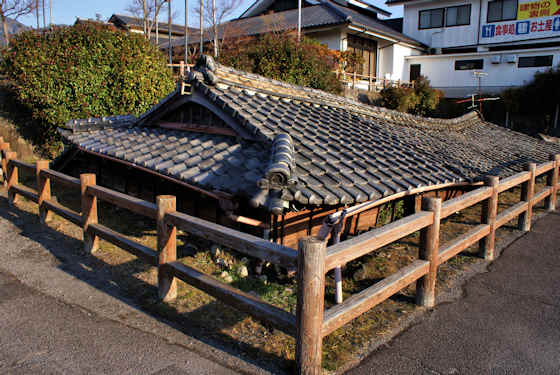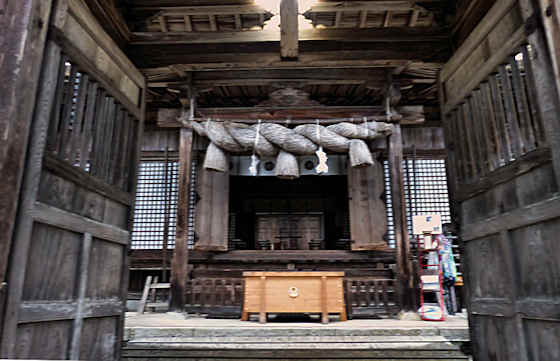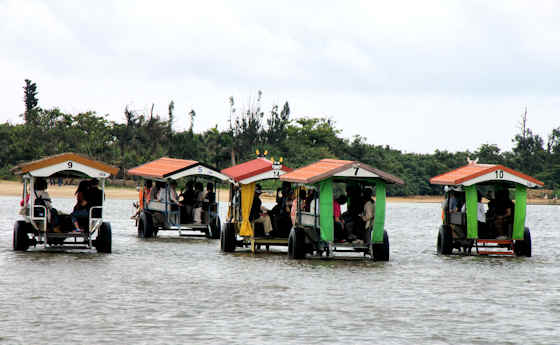Friday, October 20, 2023
Temples 24 to 27 Shodoshima Pilgrimage
Labels:
enmei jizo,
kannon,
kobo daishi,
onigawara,
shodo88,
shodoshima,
yakushi
Wednesday, October 18, 2023
Buried Houses of Mount Unzen Disaster
Tuesday, October 17, 2023
Nakayama Shrine
An Ox statue usually signifies Tenjin, the deified spirit of Sugawara Michizane, and he is not one of the main kami enshrined here, but there must be a secondary Tenjin shrine.
The Shinmon gate was relocated here from Tsuyama Castle when the castle was dismantled in the early Meiji Period.
The three main kami enshrined are Kagamitsukuri no kami, Ame no nukado no kami, and Ishikori-dome no mikoto, with the first and third of these being associated wit mirrors. In the meiji period the names were changed but then changed back after 1946.
Labels:
chugoku33,
ichinomiya,
komainu,
okayama,
sacred tree,
Shrine,
tenjin,
torii,
tsuyama
Sunday, October 15, 2023
Unzen Disaster Museum
I quite liked the architecture, with most of the structure underground. It was designed by Kume Sekkei, a large design company that employs hundreds of architects.
The previous post was on shots of Mount Unzen taken on my walk to the museum.
Friday, October 13, 2023
Yubu Island Water Buffalo Carts
Labels:
iriomote,
okinawa,
water buffalo
Subscribe to:
Posts (Atom)































































